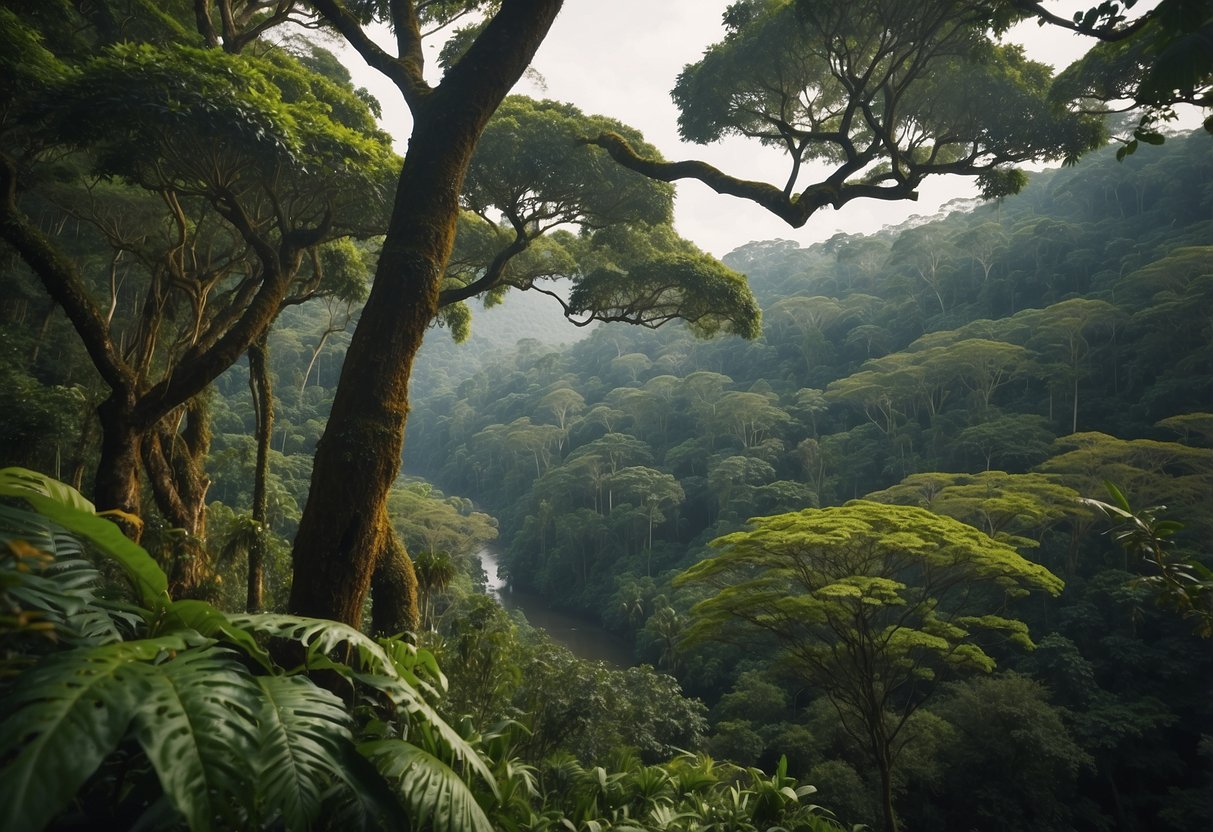
Participating in Shamanic Rituals
Participating in shamanic rituals is another profound cultural experience in the Amazon. Shamanic practices, widespread in countries like Brazil and Peru, offer insights into the spiritual life of the rainforest’s inhabitants.
Shamans, or traditional healers, often conduct ceremonies using medicinal plants such as Ayahuasca. These rituals are believed to connect individuals with nature and their inner selves. Participants usually undergo purification processes and guided introspection under the shaman’s guidance.
These ceremonies are not merely for spectacle; they hold deep cultural and spiritual significance. Thus, it is crucial for participants to approach them with respect and an open mind. Experiencing these rituals can offer a deeper understanding of indigenous spiritual beliefs.
Wildlife Conservation and Research
Efforts to protect and study the wildlife of the Amazon Rainforest play a critical role in maintaining its biodiversity. This involves supporting conservation initiatives and engaging with research programs that directly impact the health and sustainability of the ecosystem.
Supporting Conservation Initiatives
Conservation initiatives in the Amazon Rainforest aim to protect various species and their habitats. These initiatives often focus on specific areas like the Tambopata National Reserve, which is known for its rich biodiversity. Projects here work on safeguarding endangered species and preventing deforestation, a major threat to the rainforest.
The Amazon Research Center also conducts studies to monitor the health of the rainforest ecosystem. These studies provide crucial data used to implement effective conservation strategies. Participation in these initiatives not only aids in preserving the environment but also offers educational insights into the complexity of biodiversity in the Amazon.
Engaging with Research Programs
Research programs in the Amazon Rainforest are pivotal in understanding its intricate ecology. Programs often study unique phenomena such as macaw clay licks, which attract numerous birds and provide insight into the dietary needs and social behavior of these species. By observing these natural occurrences, researchers gather valuable data that contribute to broader ecological knowledge.
Involvement with research programs often includes fieldwork and community engagement. This participation can range from citizen science projects to collaboration with established institutions. By engaging with these programs, individuals contribute to ongoing efforts to document and protect rainforest wildlife. Additionally, these research activities often inform policy decisions and conservation practices aimed at sustaining the Amazon’s diverse ecosystems.
Photography and Videography Tips
Capturing stunning images and videos in the Amazon involves specific techniques. It’s essential to be patient and prepared, ensuring respect for the environment and its inhabitants.
Capturing Breathtaking Landscapes
The dense canopy of the Amazon rainforest presents unique lighting challenges. Early morning and late afternoon provide the best light, as the sun filters through the trees, casting captivating shadows and highlights.
A wide-angle lens is invaluable for capturing the vastness of the jungle and its towering trees. Tripods can help stabilize the camera for long exposure shots, which are particularly effective near waterfalls and rivers.
To capture the textural details of foliage, a macro lens is ideal. This helps in photographing dew drops on leaves, intricate patterns of tree bark, and other close-up features. Always protect your gear from the high humidity and frequent rain by using waterproof covers.
Respectful Wildlife Photography
Photographing wildlife in the Amazon requires patience and a respectful approach. Keeping a distance ensures the safety of both the photographer and the animals. Long telephoto lenses are essential for capturing animals like jaguars, macaws, and howler monkeys without disturbing them.
It’s important to avoid flash photography to prevent startling the animals. Natural light yields the best results, especially during the golden hours. When filming videos, setting the camera on continuous shooting mode or burst mode increases the chances of capturing an animal in motion, whether it’s a jaguar prowling or macaws taking flight.
Moving quietly and observing behavioral patterns helps in predicting the best moments to capture on camera. Being aware of surroundings can also lead to unexpected sightings, such as an anaconda slithering through the foliage or howler monkeys calling to each other in the trees.